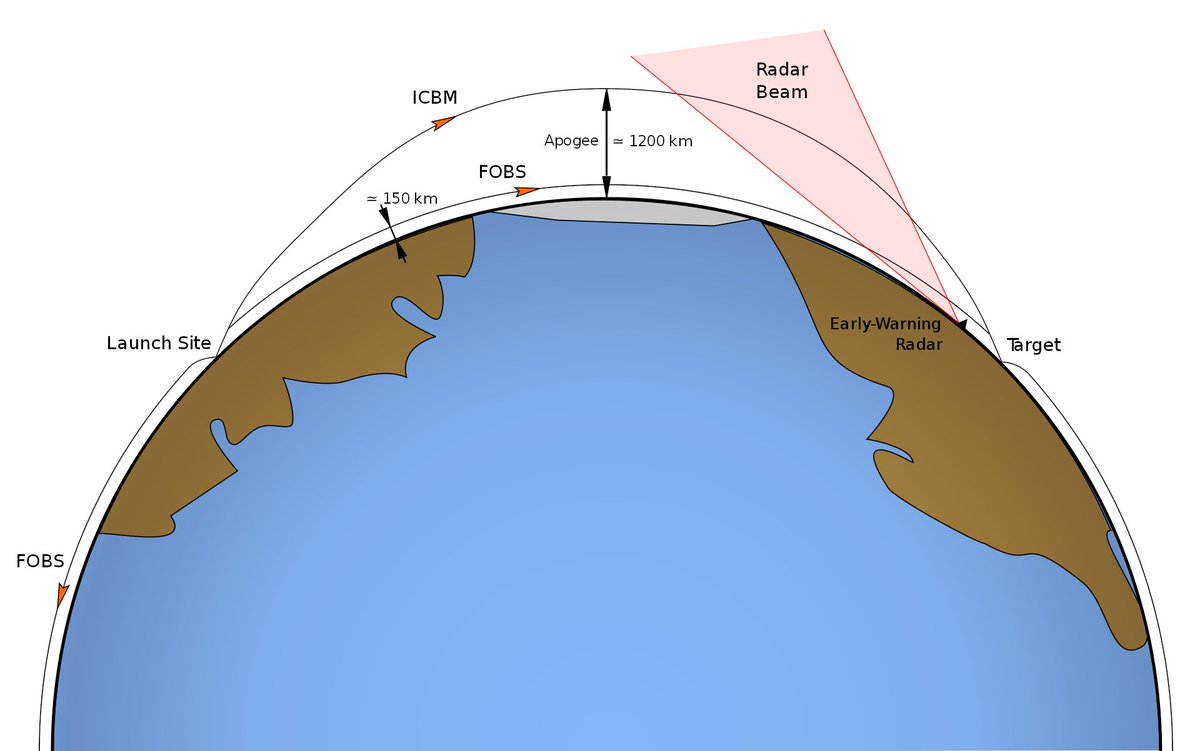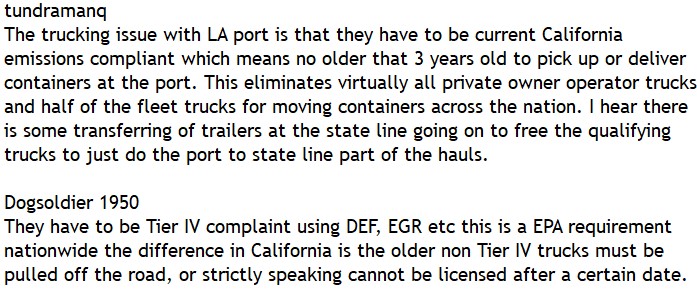
@man_integrated >>Measured by American manufacturing output (given the constraints) during a crisis, I'd say FDR wins in a walk.
Just...no.
FDR did hugely destructive things to the US mobilization with hugely unrealistic production goals in aircraft & tanks that took until 1943 to unsnarl.
1/
Just...no.
FDR did hugely destructive things to the US mobilization with hugely unrealistic production goals in aircraft & tanks that took until 1943 to unsnarl.
1/
@man_integrated In creating this logistical dysfunction he was hugely aided by the US Army war mobilization plan.
Jim Lacey's "Keep From All Thoughtful Men - How U.S. Economists Won World War II" deals with a lot of this FDR Administration dysfunction.
2/
Jim Lacey's "Keep From All Thoughtful Men - How U.S. Economists Won World War II" deals with a lot of this FDR Administration dysfunction.
2/
@man_integrated There is a more granular feel is how the FDR's unrealistic goals whipsawed A/C procurement in this Green book:
UNITED STATES ARMY IN WORLD WAR II
Special Studies
BUYING AIRCRAFT: MATERIEL
PROCUREMENT FOR THE
ARMY AIR FORCES
by
Irving Brinton Holley, ir.
history.army.mil/html/books/011…
UNITED STATES ARMY IN WORLD WAR II
Special Studies
BUYING AIRCRAFT: MATERIEL
PROCUREMENT FOR THE
ARMY AIR FORCES
by
Irving Brinton Holley, ir.
history.army.mil/html/books/011…

@man_integrated It is one of the most ignored books on American military procurement ever written because it is too reality based for modern readers.
/end
/end
@man_integrated @threadreaderapp unroll please.
• • •
Missing some Tweet in this thread? You can try to
force a refresh



















